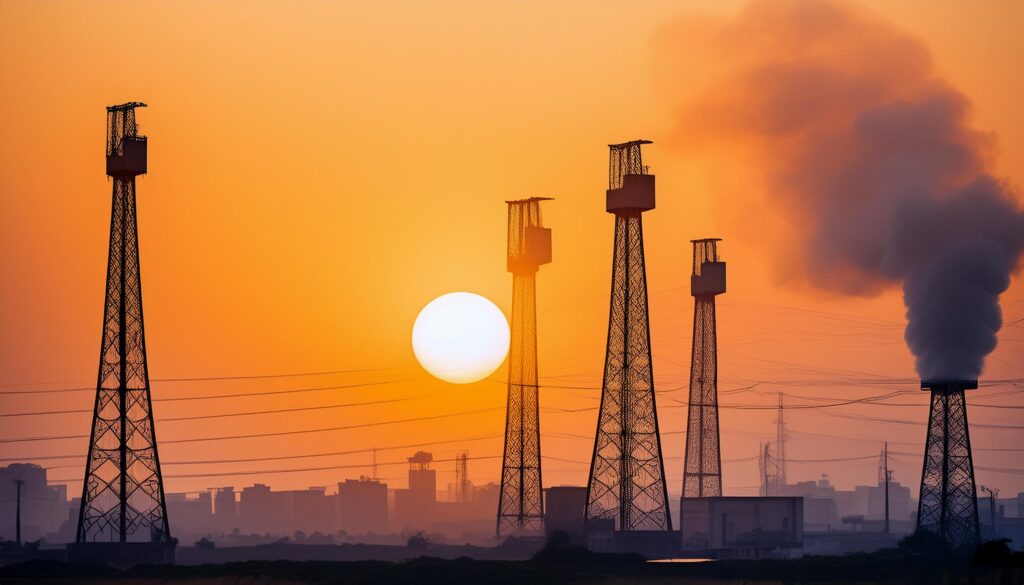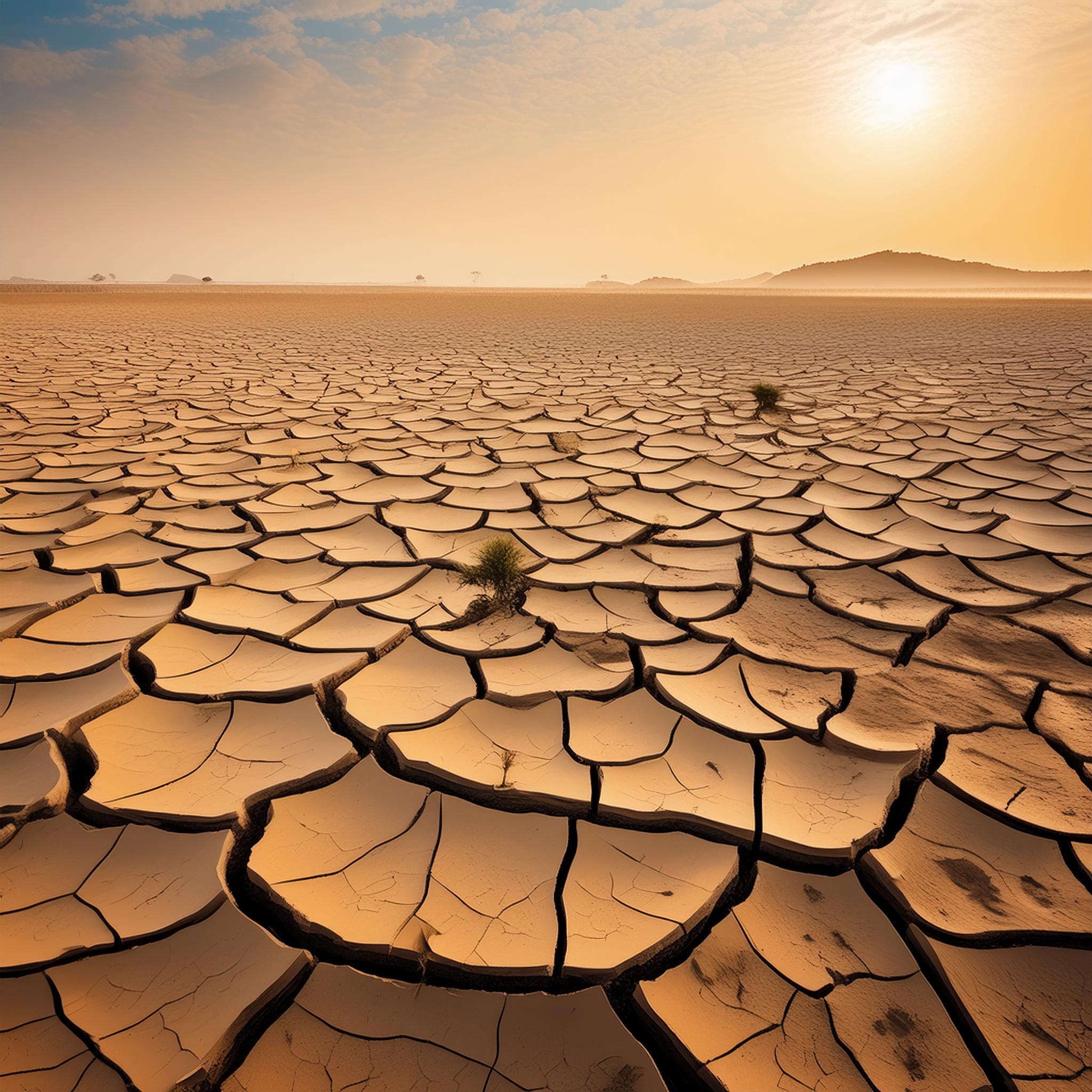Asia Copes with Climate Crisis Amid Soaring Temperatures and Pollution
| By Han Tran |
Climate Change’s Consequences Hit Hard in Asia
Climate change is a long-standing problem that is only becoming worse, particularly in Asia, where temperatures are rising faster than the world average. According to the International Disaster Database 2020, 37% of worldwide weather-related catastrophes such as floods, heatwaves, and storms occurred in the Asia-Pacific region. These disasters are interconnected with the region’s severe air pollution, high sea levels, and melting glaciers, and result in negative consequences to not only human health like lung diseases and cancer, but also heart diseases, respiratory infections, or even death. From 2020 to 2021, India and China were among the top ten nations with the most people affected by natural catastrophes, with 23.5 million and 32.8 million, respectively. Temperatures were particularly high from Western Siberia to Central Asia, and from Eastern China to Japan. This significant temperature surge resulted in Asia reaching its second hottest temperature on record, with 0.91°C above the 1991-2020 average.

Rising Air Pollution Adds to Continent’s Environmental Emergency
With worsening climate conditions, Asia faces severe air pollution challenges, particularly in South Asia, which experienced the worst air pollution in 2023. Asia was classified as the area with the worst levels of air pollution, with 99 of the top 100 polluting cities located there. Among these, 83 cities were in India. With the world’s largest population of over 1.43 billion, more than 95% of India’s population is exposed to air pollution levels seven times higher than the WHO guideline for PM2.5 air quality.
India ranked third among the top 10 most polluted countries, while Bangladesh ranked as the worst air-polluted country in 2023. According to the Air Quality Life Index report of 2023, “countries such as Bangladesh, Nepal, Pakistan, and India account for more than 50% of the life years lost due to air pollution.”
Air pollution is also prevalent in East Asian countries but at a lower level. Some countries, like Japan, Singapore, the Philippines, Taiwan, and Hong Kong keep air pollution levels in less extreme ranges. However, Japan recorded hotter temperatures in 2023. Meanwhile, Hotan, China was one of the most polluted cities in 2023, whereas Ibigawa, Japan, was the least polluted city.

Asian Approaches for Addressing Climate Extremes
Many Asian countries, despite facing the challenges posed by adverse weather conditions, are demonstrating proactive efforts towards long-term planning and solutions to combat climate change. For instance, the Indian startup firm Takachar has gained recognition for developing technology aimed at “Turning crop and forest residues in rural communities into carbon-negative bioproducts.” Similarly, China, renowned as the world’s largest emitter of carbon dioxide, is actively pursuing green and low-carbon energy growth, with a national goal of being carbon neutral by 2060. Furthermore, nations such as the Philippines, Vietnam, Thailand, and Japan are actively using renewable energies like solar power to counteract the effects of climate change.

Securing Asia’s Climate-Resilient Future
Asia is facing serious effects from climate change, such as severe air pollution and growing weather-related catastrophes. The rise in temperature, along with severe air pollution and weather-related disasters, are posing serious risks to human health and well-being. With millions of people affected by natural disasters each year, the need to address climate extremes has never been more urgent than ever. South Asia, in particular, confronts formidable problems. But despite these hurdles, there are hopes as Asian governments innovate and develop to tackle climate change. By encouraging innovation, cooperation, and policy coherence, Asia’s commitment can help reduce and reverse climate change dangers and create a more resilient and sustainable future for future generations.

AI Photo Credits: Intelliwings



